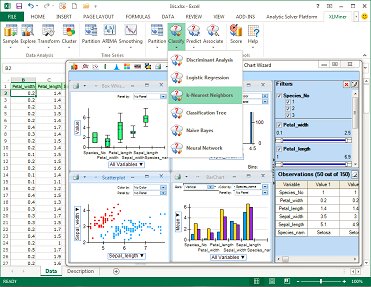


Use conditional formatting (cautiously) to check for invalid data.You can make incorrect values throw warnings instead of errors using the Style option on the Error Alert tab.“Sorry faithful undergraduate field assistant, we only have plots 1-10”.You can use the Input Message tab to customize the error message given when an incorrect value is entered.You can then give a range of values or enter a comma-separated list of allowable values in the Source box.Options include whole numbers, decimals, lists of items, dates, and other values. In the Allow box select the kind of data that should be in the column.Select the cells or column you want to validate.Use data validation to prevent accidentally entering invalid data–this can be especially useful if you have others entering data for you.It can be helpful to have separate “Raw” and “Clean” data folders.Always copy your original spreadsheet file and work with a copy so you don’t affect the raw data.Put metadata in same directory as the data file itself, with an appropriate name.Record metadata in a separate plain text file.Include only one piece of information in a cell.Īvoid spaces, numbers and special characters in column headers. 10cm will be read as characters, not numbers.Don’t use Excel’s “comments” functionality, other programs don’t recognize these.There’s a broader discussion of this in White et al 2013, but here’s a quick look at their recommendations:ĭon’t use formatting to convey information or to make your spreadsheet look pretty.Use an appropriate null value to record missing data. Zeros are data! Don’t use blanks, and don’t use zeros as null values.If your table gets big, freeze your column headers to make them easier to see while you scroll.For example, use a column for Year instead of a new tab for a new year. Instead of adding a new tab, keep adding rows, and maybe use a new column for the info you’d be splitting across tabs.Programs other than Excel will have a tough time seeing tabs.Avoid using multiple tables within one spreadsheet.Īvoid spreading data across multiple tabs. Īdvanced users would need advanced tools to meet the demands of their analytics.
BEST SPREADSHEET DATA ANALYSIS PROGRAMS SOFTWARE
Or at least, there will be others who will look (or make changes) on the data.Īdvanced features: Lastly, the ideal spreadsheet software has advanced features like pivot tables, conditional formatting, and macros. Also, lots of analysis are easier to do with charts and graphs around.Ĭollaboration: A great spreadsheet program allows for collaboration.Ĭhances are, there will be a few users on a single worksheet.

Ī graphical representation of their data would be valuable to users and during presentations. Visualizations: After making calculations, great spreadsheet software would have visualization options. That being said, the ideal spreadsheet software would have predefined formulas called functions you could use. įunctions: What separates a spreadsheet from a text document is the fact that you’re able to make computations on your data using formulas and functions. One of the reasons why people use a spreadsheet is to make data analytics and financial models easier to make and handle. User-friendly: First off, a great spreadsheet software offers a good user experience (UX) and has a friendly user interface (UI). Before we go into listing out the best spreadsheets, let’s take a look first at how the perfect spreadsheet feels like.


 0 kommentar(er)
0 kommentar(er)
